Physical Size/Color
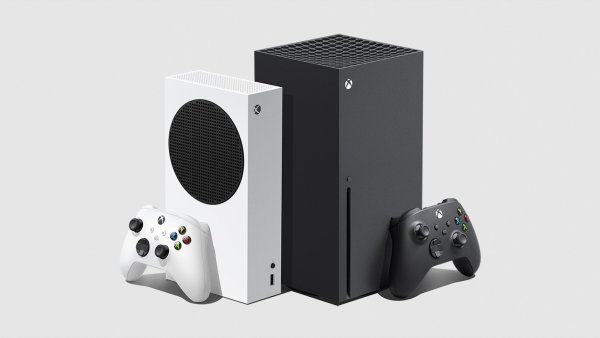
The first and most obvious difference between Xbox Series X and S is their physical appearance. They both have a minimalist design, but Series X is predominantly black whereas Series S is predominantly white with a large — arguably gaudy — black circle on it.
There’s also a considerable difference in size between the two new Xbox consoles. Series S is miraculously smaller than the already quite small Xbox One S and it’s touted as being 60 percent smaller than Series X.
This is unlikely to be a dealbreaker for most people, but if you have limited space, then it’s something to keep in mind. Still, Series X is only 1 mm taller than the Xbox One X. If you’re looking to upgrade from the One X to the Series X, then you should be fine when it comes to space.
Disc Drive
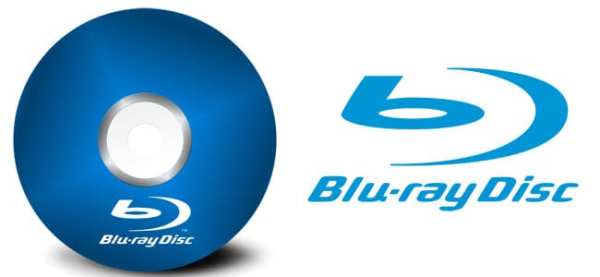
Xbox Series X is equipped with a 4K UHD Blu-ray drive that can be used to play current-gen Xbox titles as well as many other titles from all the past generations of Xbox. Of course, Series X can also play 4K Blu-ray movies with HDR.
Xbox Series S, on the other hand, has no physical Blu-ray drive in the console. This is the first generation where Microsoft will have an all-digital console at launch. You can still play titles from older Xbox consoles as long as you own them digitally.
This is another factor that becomes less of a consideration every day with the constant upward trend of digital game purchases. However, if you have a large catalog of physical classic Xbox titles and 4K Blu-ray discs, then you might lean more towards Series X.
Storage Size
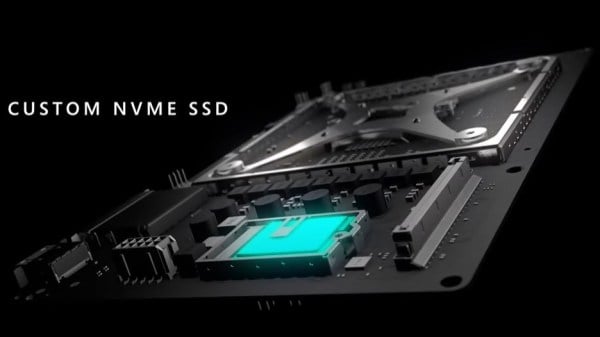
Both of the new Xbox consoles will feature NVME Gen 4 SSDs that have theoretical read/write speeds of up to 3.75 GB/s. While it’s not as ridiculous as the PS5 target of 5 GB/s, the Xbox SSD read/write performance is still a massive improvement over the current generation of storage hardware that tops out around 100 MB/s.
Although the SSDs used in Xbox Series X and Series S have the same speeds, their storage sizes differ greatly. Series X gives you 1 TB of storage and Series S offers just over half that amount at 512 GB of storage. As games increase in size and digital sales expand, this difference may become a deal-breaker.
We already know that there will be proprietary external storage for Series S and Series X, but that starts to lessen the overall value of Microsoft’s all digital option. If you don’t mind having to uninstall titles regularly, then this storage size difference won’t be that big of an issue.
RAM/GPU

Yes, RAM and GPU aren’t interchangeable, but it’s worth mentioning them together since Microsoft is working some magic. Thanks to Digital Foundry, we know that both consoles have a portion of RAM set to a higher clock speed to help improve GPU performance.
However, the difference in the amount of RAM is considerable between both. Series X has a total of 16 GB with 10 set aside for the GPU and Series S has 10 GB with 8 to help out with graphics processing. This will likely lead to the Series X being an overall much faster console
When it comes to the GPUs, we see yet another major difference. Series X boasts 52 computer units (CUs) running at just over 1.8 GHz and Series S comes in with 20 CUs at over 1.5 GHz. Long story short, this combined with the difference in RAM will let Series X run games at higher resolutions with faster framerates.
CPU Clock Speeds
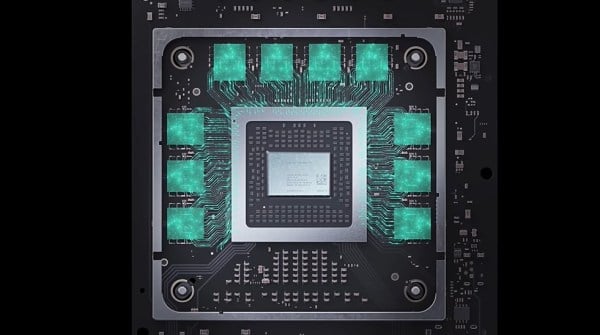
In terms of differences between Series S and Series X, the CPU clock speed is not as drastic. They’re both running the same CPU, but just at different speeds. Running at maximum clock speeds, Series X is only .2 GHz faster (3.8 GHz) than the Series S (3.6 GHz).
This won’t make a huge difference in terms of graphical fidelity in games. The majority of those processes will be handled by the GPU and other hardware. The biggest overall improvement you see with a faster CPU on gaming hardware is better general useability.
But in games, the CPU is responsible for physics, AI, receiving inputs, and many other parts of games that you experience but don’t physically see. Luckily, this means the compromises from Series X to Series S will likely only be graphics downgrades.
Resolution
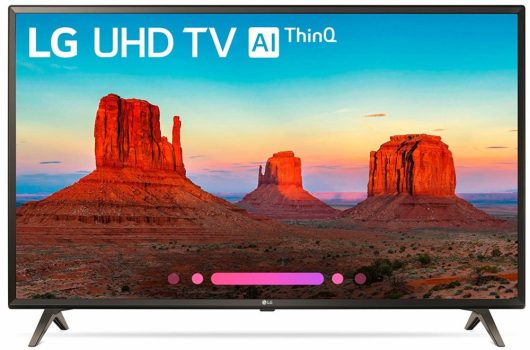
Speaking of downgraded graphics, the maximum resolutions on both consoles will be markedly different. If you just picked up a brand-new 4K TV in anticipation of the next gen consoles and you’re leaning towards Series S, then I have some bad news for you.
The little all-digital console can only put out a maximum of 1440p. The full spec is 2560 pixels horizontally and 1440 running vertically for a total of 3,686,400 pixels. This is less than half the number of pixels that Series X can natively display on a 4K TV (8,294,400).
On paper, this is the biggest instantly noticeable compromise when it comes to graphical fidelity between the new Xbox consoles. However, most players who game on a TV in their living room won’t notice a difference if they’re sitting at a reasonable distance away from the screen. Also, most TVs these days will upscale non-4k images with varying levels of success.
Cost

When it comes down to it, sometimes the one and only determining factor for a purchase at the start of a new generation is the cost of the console. This is where there’s absolutely no doubt that Series S has the upper hand, leg, and any other body part you want to toss into the mix above Series X.
Quite simply, Series S is the least expensive next-gen option if you’re looking to upgrade from any version of the Xbox One family. At only $299, this box will likely fly off the shelves this November. Series X is the more premium console and will come in at a more hefty $499.
However, both consoles will have 24-month payment options that include Xbox Game Pass Ultimate. That means you’ll have access to Game Pass, EA Play, X-Cloud, and Xbox Live Gold on your new console for $24.99 per month (Series S) or $34.99 per month (Series X).
Thanks to Xbox Wire for some of the numbers.

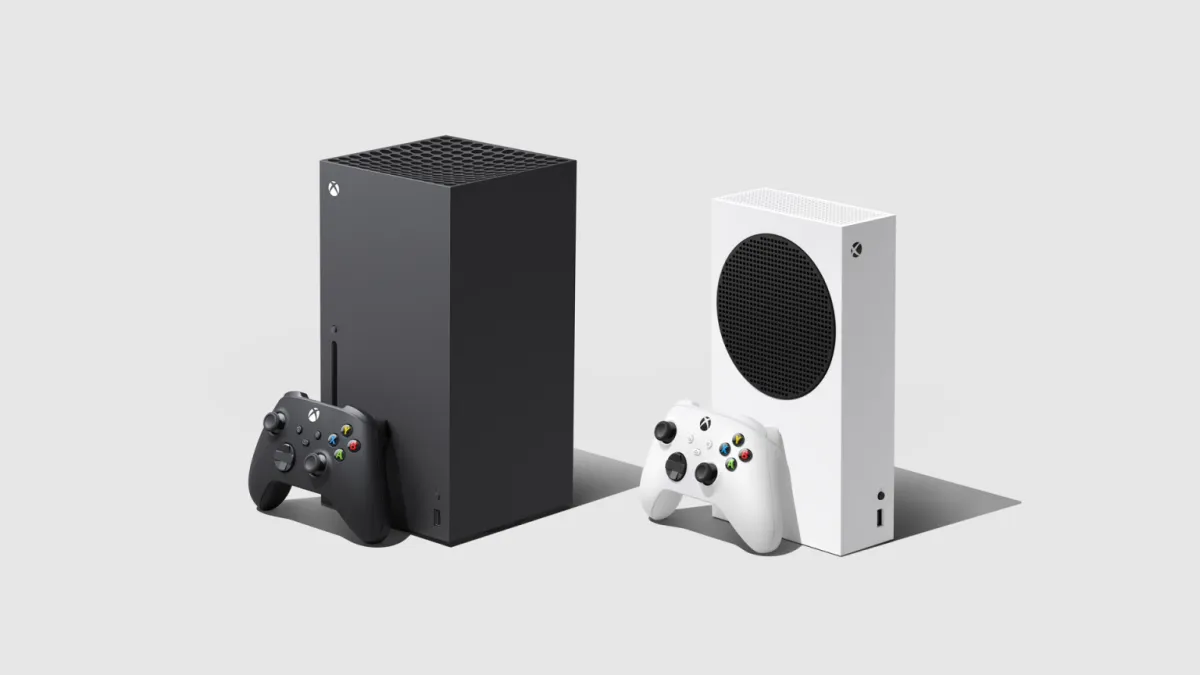











Updated: Sep 11, 2020 04:59 pm